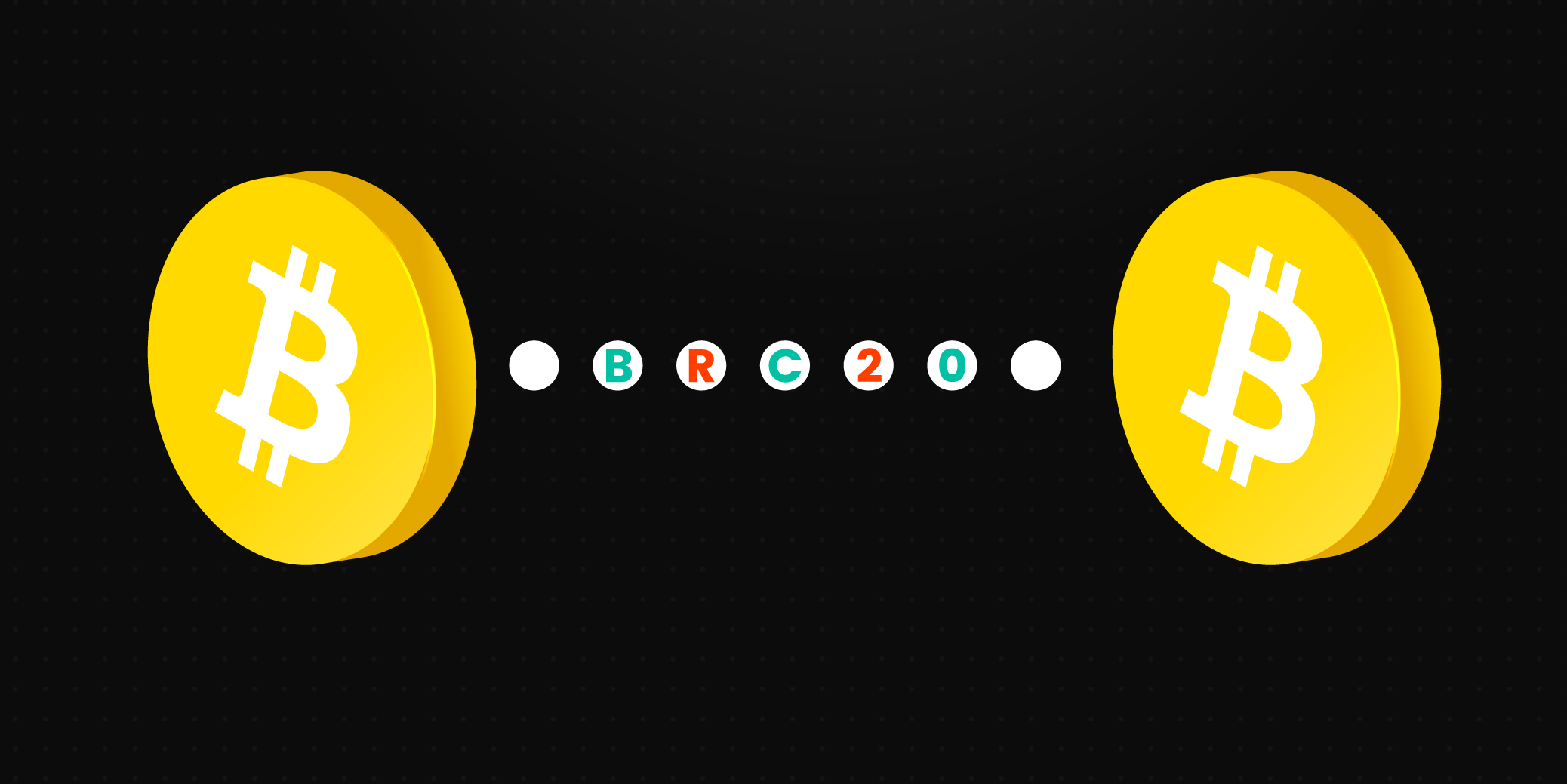All You Need To Know About BRC-20 Tokens

BRC-20 tokens represent a significant innovation on the Bitcoin network, differing fundamentally from ERC-20 tokens. Here's a comprehensive guide to understanding what sets BRC-20 tokens apart.
What are BRC-20 Tokens?
BRC-20 tokens are a novel token standard on the Bitcoin blockchain, inspired by Ethereum's ERC-20. These tokens allow the creation and trading of fungible assets through the Ordinals protocol. Unlike ERC-20 tokens, BRC-20 tokens function independently of smart contracts, instead relying on the inscription of data onto Satoshis, the smallest Bitcoin unit. This capability has extended Bitcoin's utility beyond NFTs.
How do BRC-20 Tokens Work?
Leveraging Bitcoin's 2021 Taproot upgrade, BRC-20 tokens use the increased block size to incorporate digital content on Satoshis. Each Satoshi receives a unique ordinal number, allowing for the creation of NFT-like assets on Bitcoin. The tokens are essentially JSON files attached to Satoshis, defining attributes like name, symbol, and supply.
BRC-20 vs. ERC-20
BRC-20 tokens differ from ERC-20 in their blockchain of operation (Bitcoin vs. Ethereum) and their method of execution (JSON inscriptions vs. smart contracts). This distinction creates unique transaction dynamics on the Bitcoin network.
Potential Use Cases and Growth of BRC-20
Still in the experimental phase, BRC-20 tokens show promising potential for diverse applications in the crypto space. The market has seen rapid growth, with platforms like LBank already adapting to list BRC-20 tokens. Popular tokens include ORDI, which is now tradeable on LBank.
How To Purchase BRC-20 Tokens
BRC-20 tokens can be acquired through exchanges like LBank or decentralized platforms. A taproot-enabled BTC wallet is required for transactions.
Conclusion
BRC-20 tokens are reshaping the crypto landscape, offering a new realm of possibilities on the Bitcoin blockchain. As they continue to evolve, their impact on decentralized applications and peer-to-peer transfers is expected to be significant.